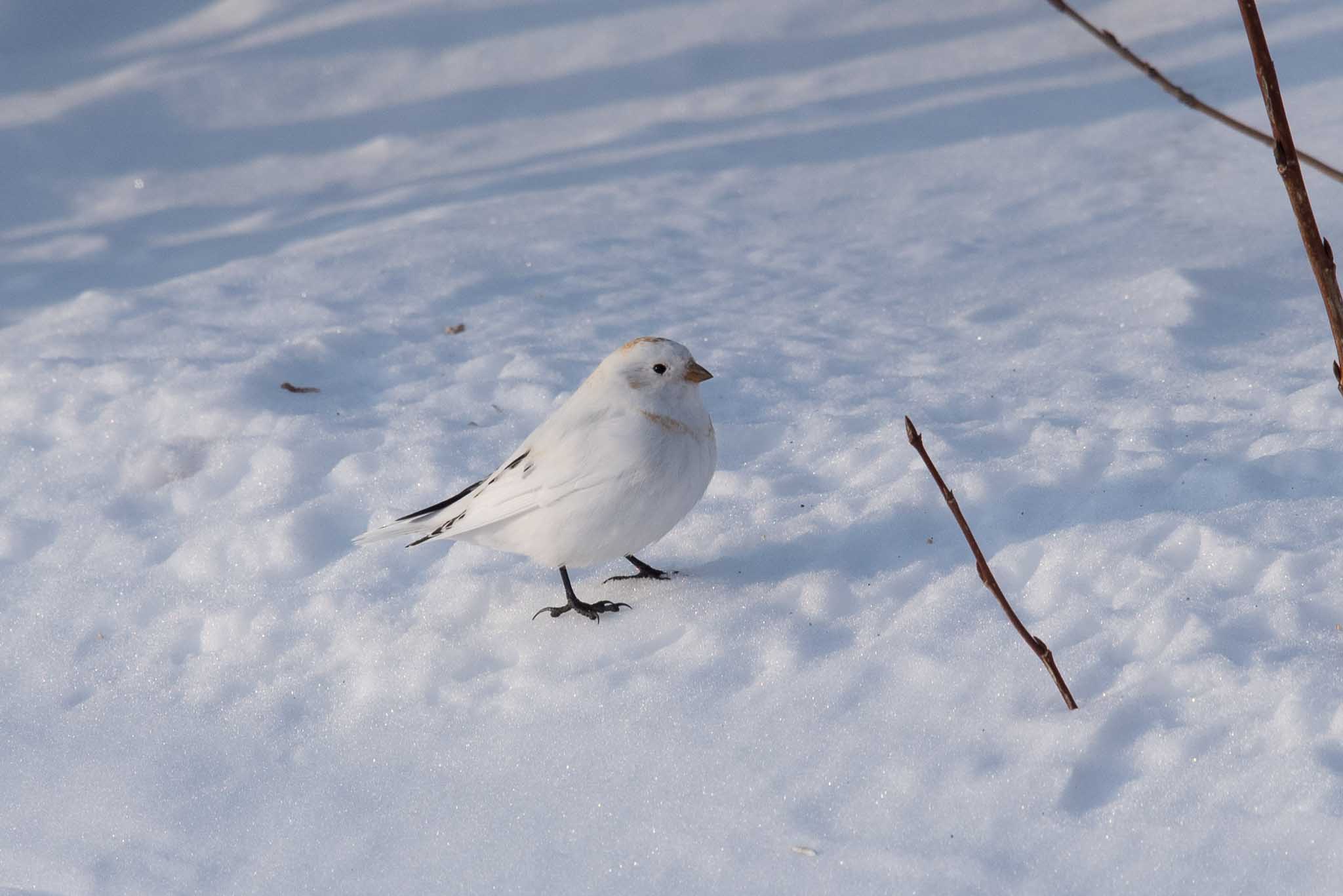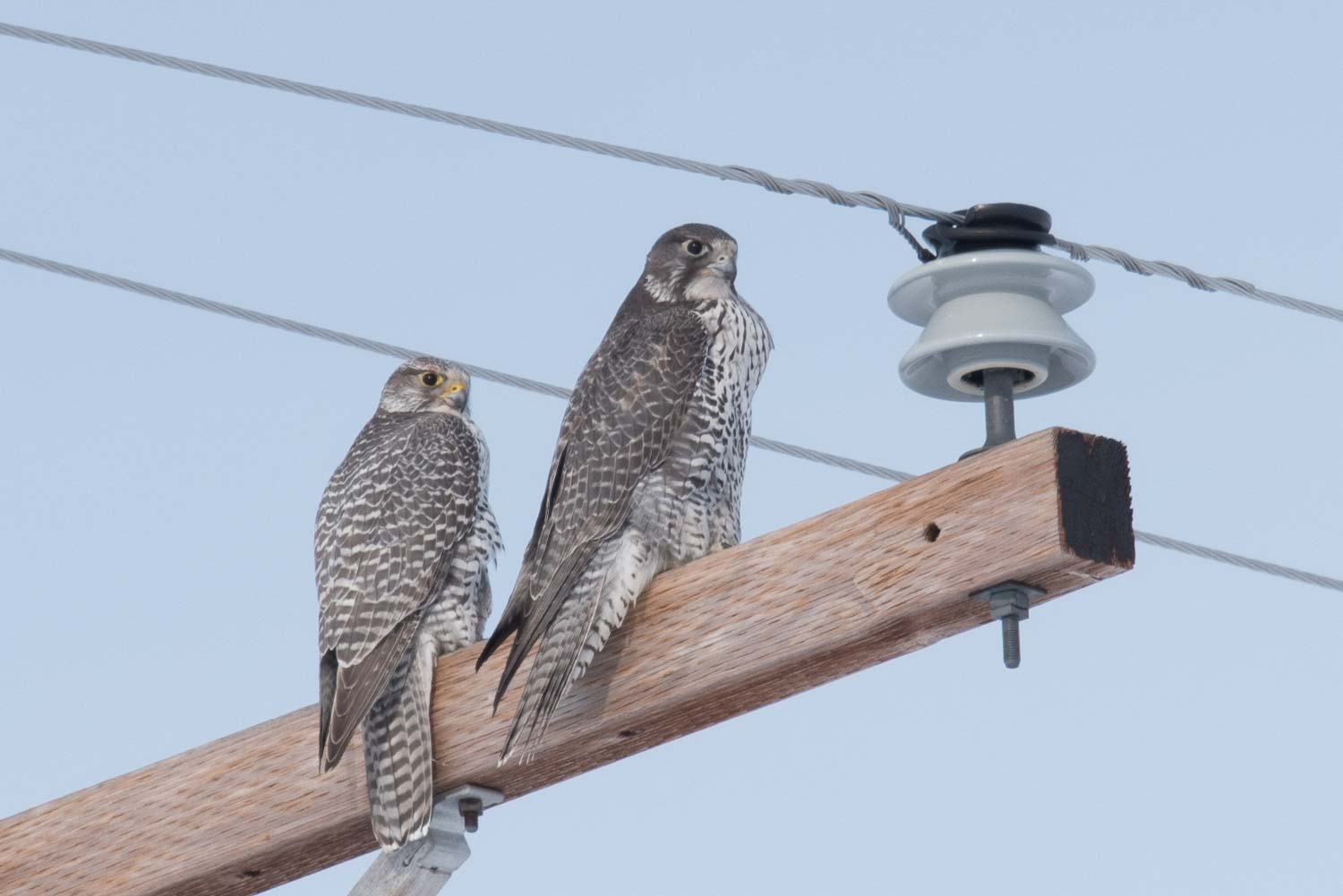
McKay’s Buntings breed only in the central Bering Sea on the isolated and inaccessible St. Matthew and Hall Islands. So how does one go about finding this range-restricted species? We do occasionally encounter one on our spring trips to Gambell and the Pribilofs as they migrate back to their breeding grounds, but the most reliable way to find this difficult bird is on its wintering grounds in western Alaska. There are two main wintering areas for McKay’s Buntings in Alaska: the coastal areas of the Seward Peninsula, and the Yukon-Kuskakwim Delta. The main hub of the Seward Peninsula happens to be the city of Nome, one of Alaska’s most famous birding locations and an area that we know quite well from our spring tours.
On this short trip to Nome, don’t plan on spending much time doing the bird list at night–we won’t see many other species. Our chances of finding McKay’s Bunting, however, are as good as they’ll ever be. We’re likely to encounter small flocks of McKay’s Buntings in and around the city, sometimes at feeders.
We’ll fly into Nome on a morning flight from Anchorage on Day 1, and spend the day searching the Nome area for our McKay’s and overnight at a local hotel. Day 2 is the reverse of the first day, with a return to Anchorage in the evening. There are just over 12 hours of daylight in Nome at this time of year. The tour cost includes round trip airfare from Anchorage to Nome, lodging, transportation, and guiding in Nome. It does not include meals or any Anchorage costs. Price based on double occupancy; single supplement is available.
This short trip to Nome is designed to fit perfectly as an extension to The Best of Early Spring in Alaska: Kodiak and Anchorage.
